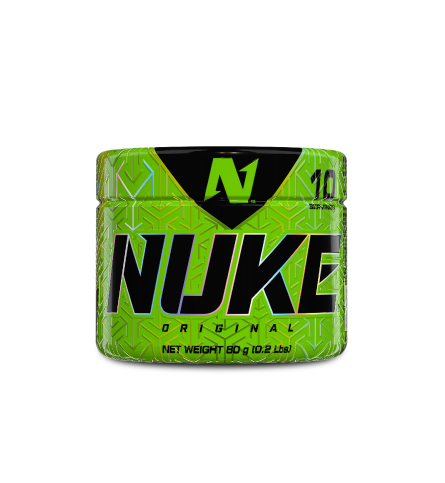

The reaction cross-section for thermal neutrons is σ = 925 barns, and the natural lithium has an abundance of 6Li 7,4%. This reaction allows neutrons detection, but in some cases, LiOH is added to control the pH of primary coolant in some LWR. Tritium is also produced in reaction with 6Li. On the other hand, only a very small fraction of the fission-product tritium diffuses out of the fuel matrix and fuel cladding into the primary coolant. Its production (yield) is about one atom per 10,000 fissions. In fact, fission probably produces more tritium than all other sources in Light Water Reactors. Tritium is also a fission product (ternary fission) of the splitting of fissionable materials. Source: JANIS (Java-based Nuclear Data Information Software) The JEFF-3.1.1 Nuclear Data Library[/caption Comparison of total cross-section and cross-section for (n,alpha) reactions. There are more reactions with neutrons, which can rarely lead to formation of radioactive tritium, for example:ġ0B(n,alpha)7Li + 7Li(n,n+alpha)3H – threshold reaction (~3 MeV). Note that this reaction occurs very rarely compared to the most common (n, alpha) reactionof isotope 10B with thermal neutrons.

10B is the principal source of radioactive tritium in the primary circuit of all PWRs (which use boric acid as a chemical shim). This threshold reaction of the fast neutron with an isotope 10B is the main way radioactive tritium in the primary circuit of all PWRs is generated. The main reactions in which the tritium is generated from boron are below: The most important source (tritium releases of tritiated water) in nuclear power plants stems from boric acid, commonly used as a chemical shim to compensate for an excess of initial reactivity. Tritium is a byproduct of nuclear reactors. The size of the bomb can be chosen by selecting the weapon’s yield, as measured in kilotons.Tritium in nuclear reactors Cross-section of 10B(n,2alpha)T reaction.

Dolan:The Effects of Nuclear Weapons, Prepared and published by the UNITED STATES DEPARTMENT OF DEFENSE and the UNITED STATES DEPARTMENT OF ENERGY Radioactive fallout contaminate large areas and is an immediate and extreme biological hazardġSamuel Glasstone and Philip J. The fallout is the radioactive products when they settle to the ground some time after the nuclear explosion.( 1).įor example, an explosion of 1000 kilotons(1 megaton yield), it can be found from our calculator that significant local fallout is probable for heights of burst less than about 2,900 feet or 870 meters. Related to the fireball size is the question of the height of burst at which early (or local) fallout ceases to be a serious problem. Inside the fireball, the temperature and pressure cause a complete desintegration of molecules and atoms.įor further information see Nuclear weapons effects The nuclear fireball is tens of millions of degrees (i.e., as hot as the interior of the sun).The size of the nuclear fireball is a function of yield, t he height of burst, and the surrounding environment. A typical nuclear weapon detonation produces a huge number of X-rays, which heat the air around the detonation to extremely high temperatures, causing the heated air to expand and form a large fireball within less than one millionth of one second of the weapon's detonation.Physics Dept., Laboratory for Nuclear Science, MIT


 0 kommentar(er)
0 kommentar(er)
